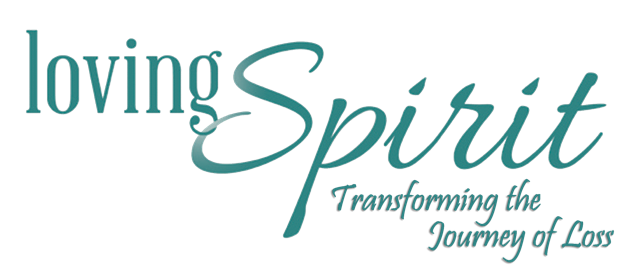What accounts for the difference between someone who is completely devastated by a traumatic loss in her life and another person who manages to integrate the same type of loss and emerge stronger for having endured it? The one-word answer may be resilience.
The most common misperception about resilience is that it is a character trait. But it isn’t something we inherit along with our genetic package at birth. Resilience is a process and it’s a combination of a number of skills that can be learned with a little effort. Everyone has the potential to become more resilient no matter what losses they may have experienced in life, or how bad their childhood may have been.
In 1955 a study was begun on the Hawai’ian Island of Kauai that was the start of our understanding of resilience. All the Island’s children born that year were studied until they reached mid-life. Many of them were born into high-risk circumstances: no neo-natal care, alcoholic or drug addicted parents, extreme poverty, teenaged parents, domestic violence, etc. We would have expected to see these children repeat the bad choices and patterns of abuse and neglect into which they were born and some of them did develop serious emotional and behavioral problems by age ten.
However, to the surprise of the researchers, Emmy Werner (UC Davis) and Ruth Smith (Kauai Psychologist), by the time they reached their forties, one third of these children did very well in their lives. What accounted for their ability to rise above their circumstances? These “vulnerable but invincible” children developed a number of skills or protective factors that allowed them to overcome their shaky beginnings.
The types of protective factors that promote resilience include having a positive self-concept and confidence, communication and problem-solving skills, the ability to manage strong impulses and feelings, and the capacity to make realistic plans and follow them through to completion.
Additional protective factors are: humor, relationships outside the family of origin, a sense of inner direction, a positive view of one’s personal future, a love of learning, flexibility, spirituality, creativity, an attitude of service or helpfulness, and independence (especially from a family that may be toxic). Although the Kauai kids had been born into challenged circumstances, as they matured they learned to use these and other protective factors to allow them to develop into high functioning adults.
The Kauai forty-year study also changed the way we think about early childhood trauma. Previously the common belief was that it created lifelong psychological damage. Now it is widely held that early childhood trauma may cause damage but it is also experienced as a challenge that fosters the emergence of our protective factors. We went from viewing such children as damaged goods to seeing them as challenged and capable of being resilient.
Resilience is not a rare trait. It is common. It is ordinary. It is not magical. Resilient people still suffer pain and have scars to show for their suffering. The difference is that even after they are knocked down by loss, they pull themselves up, again and again.
We witnessed the resilience of our nation post 9/11. And yet, when we are individually confronted with a current trauma, loss, or crisis we may temporarily forget that we too, are resilient beings. So how can we be reminded when we are in the midst of suffering?
Here are some simple strategies anyone can employ.
1. Stay connected. Reach out to family, friends, support groups and ask for help.
2. Don’t catastrophise your loss. Avoid describing what happened in terms that make your problems seem insurmountable.
3. Take time to understand the changes that a loss brings. Learn to accept change as a natural part of life. Charles Darwin taught us “it is not the strongest of the species that survives, nor the most intelligent, but the one most responsive to change.”
4. Be of service to others. Even small acts of kindness or service can remind us that we are not powerless even in the midst of a tragedy.
5. Take decisive action. Don’t wait to be rescued. Mary Holloway defined resilience as “knowing that you are the only one who has the power and the responsibility to pick yourself up.”
6. Maintain a positive view of yourself and your ability to bounce back.
7. Take a long-range view of the situation. Remember, this too, shall pass.
8. Stay hopeful. Visualize what success would look like rather than focusing on what you fear.
9. Do not let adversity define you. You are not your loss.
10. Remember what Werner and Smith’s study concluded: “What is right with you is more powerful than what is wrong with you.”
And, if all else fails, pick up a copy of Winnie the Pooh and read about Tigger, who taught us all that life is not about how fast you run or how high you climb, but rather it’s about how well you bounce.

